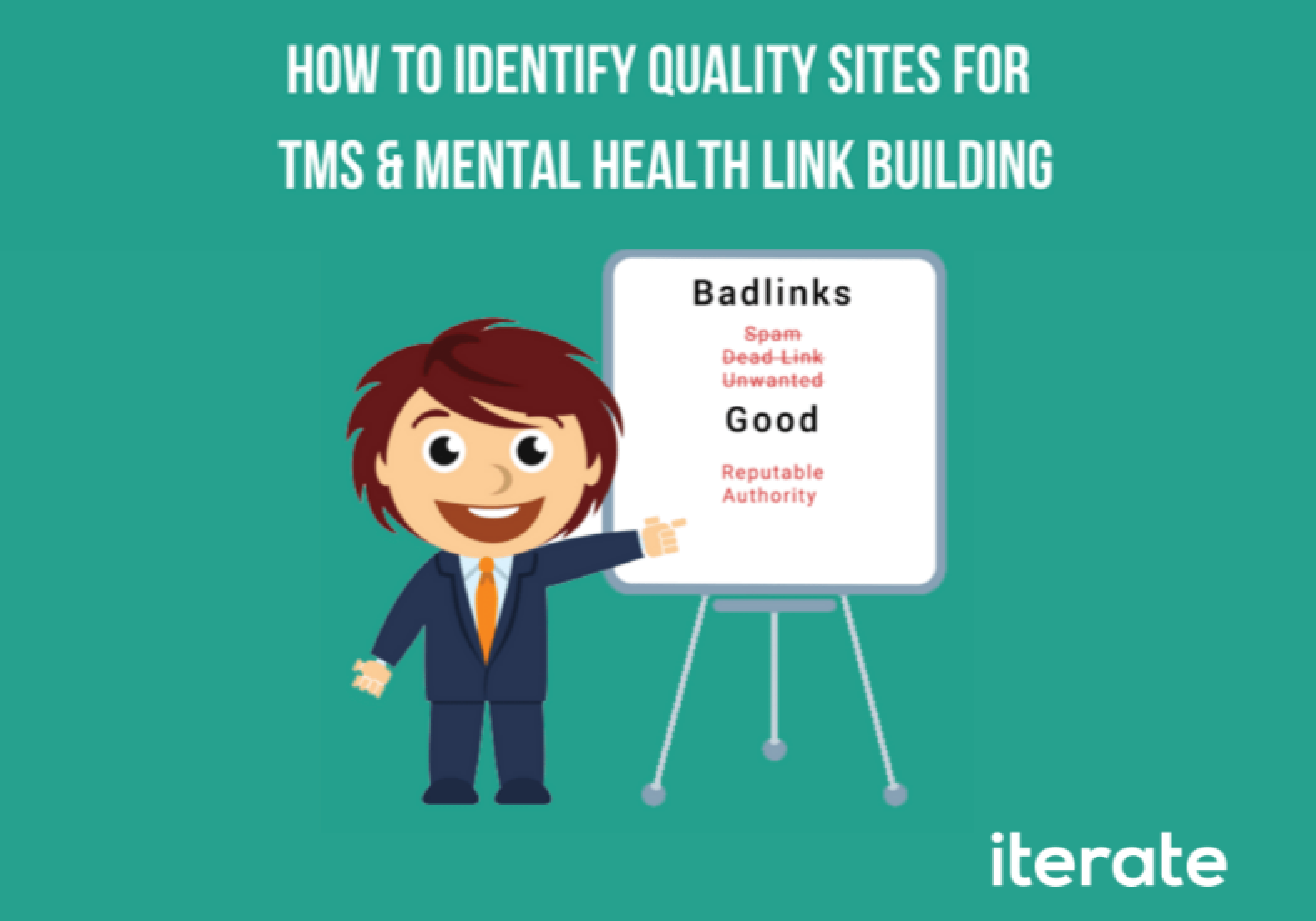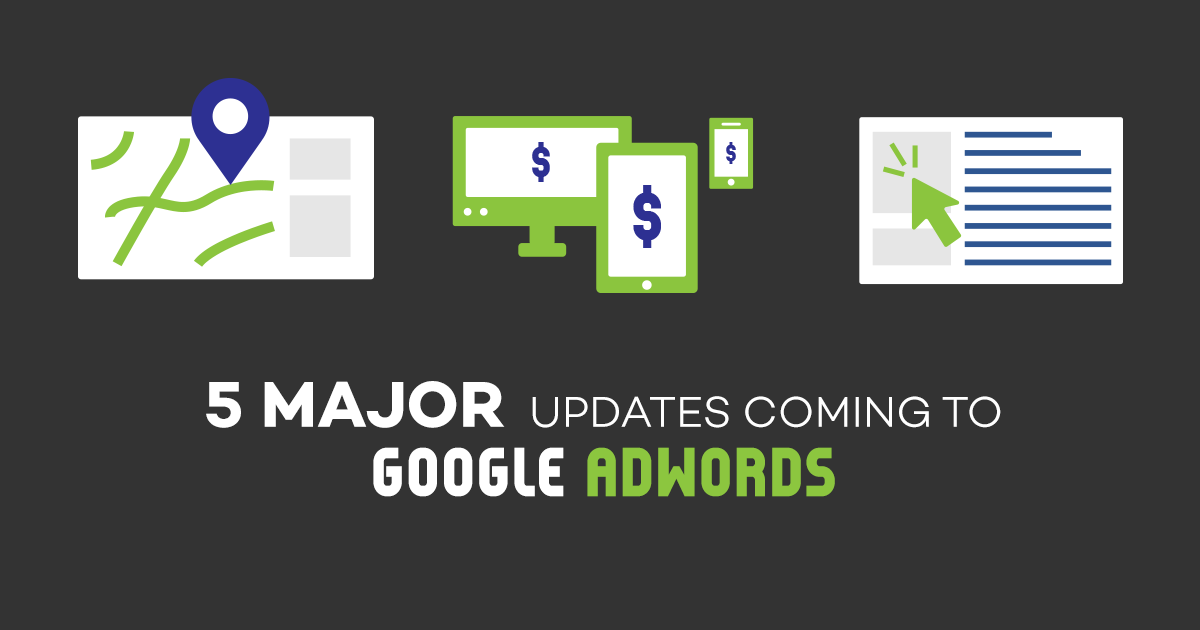The Inbound Marketing Valley of Death
Part Two
When assessing the success or failure of your marketing efforts, it’s always crucial to take a long look at the costs and goals of each channel separately. Digital pay-per-click advertising has a fairly short feedback loop between investment and return while inbound marketing tactics have a fairly difficult ROI to attribute. Sometimes the returns from inbound marketing feel clear cut, but the value will always be correlative. Other times you feel like you’re crawling through the inbound marketing valley of death and you’re not sure whether you’ll ever reach a profitable climb upwards. So many are just left wondering.
In our earlier post on The Inbound Marketing Valley of Death, we talked about this lag between effort and profitability in Inbound Marketing and spoke to the need for marketers to double down and work harder when it seems like the ROI just isn’t there. Now we are going to give you tactics to help distinguish between The Valley of Death and simple marketing failure, and give some key questions and tactics to pull you out of the valley.

The following three questions should guide you in assessing whether your inbound marketing is working and guide you towards profitability faster.
1) Am I using the ideal tactic for my product or service?
2) Have I found the ideal combination of those tactics?
3) Have I reached a ‘threshold dose’ of investment towards my chosen tactics?
The answers to these questions will vary from company to company and industry to industry – but I will also provide a set of principles that can help guide marketers in answering these questions, as well as a basic framework for an ideal mixture and progression of marketing tactics to test.
Building a strong foundation
Inbound marketing should always build on internally proven tactical combinations that work, while also testing new ones and knowing when to pull the plug. For companies new to the inbound marketing field, no matter what their size, this basic template will consistently work.
1) Research the tactics employed by the most successful companies in your vertical. Once this list is created a few tactics will overlap along all the key players, and many won’t, either way you can then assess what your current team is most capable of doing.
2) Mimic and attempt to outperform the competition.
3) Once you’ve established some level of feedback or engagement, either continue to invest in tactics until they feel flat or just ditch the ones that aren’t working. The key is to find a core set of 3-5 tactics that provide returns or at least some feedback from users.
4) Repeat steps 1-3.
Inbound marketing should always build on internally proven tactical combinations that work, while also testing new ones and knowing when to pull the plug.
Building Your Optimal Marketing Tactics Mix
While small business owners might feel outgunned, large marketing teams within bigger companies may feel stuck in their silo and struggling with internal politics on top of trying to achieve results. No need to worry – if you truly believe in your company and product or service, there is really nothing stopping you from creating business growth except a measured approach to marketing tactics.
For your average business completely new to inbound marketing tactics, and really a wider digital strategy in general (maybe you’ve done some SEO and Paid Advertising in the past) there is a pretty basic framework I like to follow. Now again this works best for an older online business. If you have a disruptive product blogging, heavy PR, and email marketing might make the most sense.
The Inbound Marketing Valley of Death
The basic idea is to escape the inbound marketing valley of death by testing tactics in the following order:
1) SEO + any basic technical improvements (these changes are foundational and gaping holes here can often be an Achilles heal.
2) Blogging
3) Multichannel content creation (by this I mean you’re exporting the brand story and brand value you’ve provided for your consumers across the web)
4) Promotion and Outreach (Digital PR)
5) Newsletter & Email Marketing (unless you have a big built in audience, then this tactic might be a great first step)
6) Social Media / Social Media Marketing
7) CRO (no audience, no point in testing new design or even a chance of getting accurate data)
8) Webinars, Podcasts, etc (these are the big ticket items for when you have the marketing cash flow to get creative)
While I’ll jump through each of these in kind and explain how they correspond to the above graph a few one clarifying point should be made, most digital marketing tactics, and the majority of the digital marketing tactics involved with inbound marketing have a fairly direct correlation between risk and reward.
Tactical ROI Ceilings
SEO is the exception the trend here, but the point is that tactics have a set ROI ceiling and also a level of risk carried in the investment. Thus coming out the gate swinging with social media can be a dangerous idea. Just because people liked Burberrie’s new purse 1,000s of times doesn’t mean your organic buffalo hide purse which is going to get as much love. By the same token you might pull a dollar shave club and go viral right out the gate. The problem is for most brands there is a time to attempt tactics like this, but starting there you’re opening yourself up to investing heavily
in a field and seeing minor results. (It’s kind of like playing your Queen early on in a chess bout.) For most businesses social media is going to be dangerous because you didn’t build a foundation and you don’t have an engaged audience to rely upon for social proof. Furthermore, if you haven’t done earlier steps like SEO, blogging, and email marketing, you probably haven’t grappled with getting your brand story out.
Instead what I recommend that companies do is build upon tactics with acceptable risk and build returns upwards while developing ROI. SEO or blogging may not be the end all be all for your brand, maybe webinars are. But if you haven’t done the basic work of attracting and retaining an audience it’s harder to reach higher levels of profitability without rushing full on into some expensive waters.
Tactics to Try: #1 SEO
SEO isn’t a set and forget proposition. Thousands of large eCommerce or lead generation sites leave millions on the table every year from poorly planned site moves or by having poor user query targeting. Sure times were easy when a company only had a few online but nowadays Inbound marketing’s foundation and mortar is a solid SEO plan. If you have a new company make sure you’ve done the keyword research to keep it ingrained in the marketing DNA as you grow, but otherwise this is something that needs to be checked fairly frequently. It’s not the end all be all, but a good SEO plan can push an established site nicely towards profitability.
Tactics to Try: #2 Blogging
The cost and risk starts to ramp up slightly with blogging, you could flop or fly and most of it depends on your ability to 1) identify what value you can bring to your customers and 2) how you can export your brand story. Now not everyone can do this, but in so much as you can target evergreen topics (hopefully you did step 1) and start bringing valuable experiences to your customers, that they want to share the sooner you can start seeing increased traffic and love from search engines. Finally tactics like blogging, or content creation in general, just demonstrate expertise. It’s hard for someone to test your knowledge when you wrote the guide on winterizing widgets for Alberta, Canada.
Tactics to Try: #3 Promotion
Things start to get a little more tricky when you get into the promotion territory. I’ve never been to a trade show, but hob nobbing with Bob from the Midwest market is yesterday’s equivalent of promotion and sharing knowledge across the board. Here we’re building on the SEO tactics whose returns have leveled off and authority we’ve build from blogging to start bringing value to people we’ve never even thought about. When your brand starts sharing with other companies who’ve never heard of you, but could buy your product, that’s referral traffic in the digital sphere and real life that you only have to pay for once.
Tactics to Try: #4 Newsletter
You may not have believed it a few months ago, but something interesting is starting to happen, the more you got your brand out there and generated organic traffic from search engines (without retained costs of paid) you suddenly have people at the site somewhat interested in your brand. Now that you’ve established your authority and extended your trust with promotion it’s a great time to get started on bringing cool to luke-warm leads value on a monthly or bi-monthly basis. Sure newsletters have great ROIs but the mistakes I see many making is starting here without first establishing the authority to deserve to be in someone’s inbox. Really even if you think you are the authority on widgets, if I can’t remember blog posts that I liked reading or didn’t see you on my favorite widget blogs you’re next to spam.
Tactics to Try: #5 CRO (Conversion Rate Optimization)
Your site is really your strongest online asset to close deals and bring in new business. It doesn’t matter how many people you bring to your site through paid advertisement or high organic rankings, if your site turns people away you simply won’t get any good business from these efforts. Take a good look at your conversion rate and try to attribute as many sales as you can to your marketing efforts – then make incremental changes to your site to try to improve your user experience.
Tactics to Try: #6 Social Media
Maybe you got ahead of the curve and were posting all your blog posts and new products to social media the whole time? That’s good, everyone likes a go-getter. But if you’ve tried and seen some successes with the above results (ideally you’re running them all in tandem still) now it’s time to get social with your customers seriously. It’s hard to quantify social media success without an audience because their usually isn’t any. Short of doing paid social (which still has some exceptional ROI) 99% of companies without a flashy product and/or established customer base are going to fail on social media. This is probably the number one misallocation of marketing budget for large companies unfortunately.
We’ve escaped the valley?
Not quite, tactics may change the five above won’t be optimal for every company. But for many companies used to a paid advertising world of easy returns it’s the only way forward. Especially in a world where companies have increasingly fenced in play-grounds, think Facebook’s rented turf, it’s important to view inbound marketing as an insurance policy against the possibility of rougher times ahead.
At the end of the day it isn’t about certain tactics. It’s about certain tactics in the right context. If blogging didn’t work after one month for you it’s not that blogging doesn’t work. Maybe you didn’t blog enough or maybe there weren’t other tactics in place to bring the audience in to view the content.






